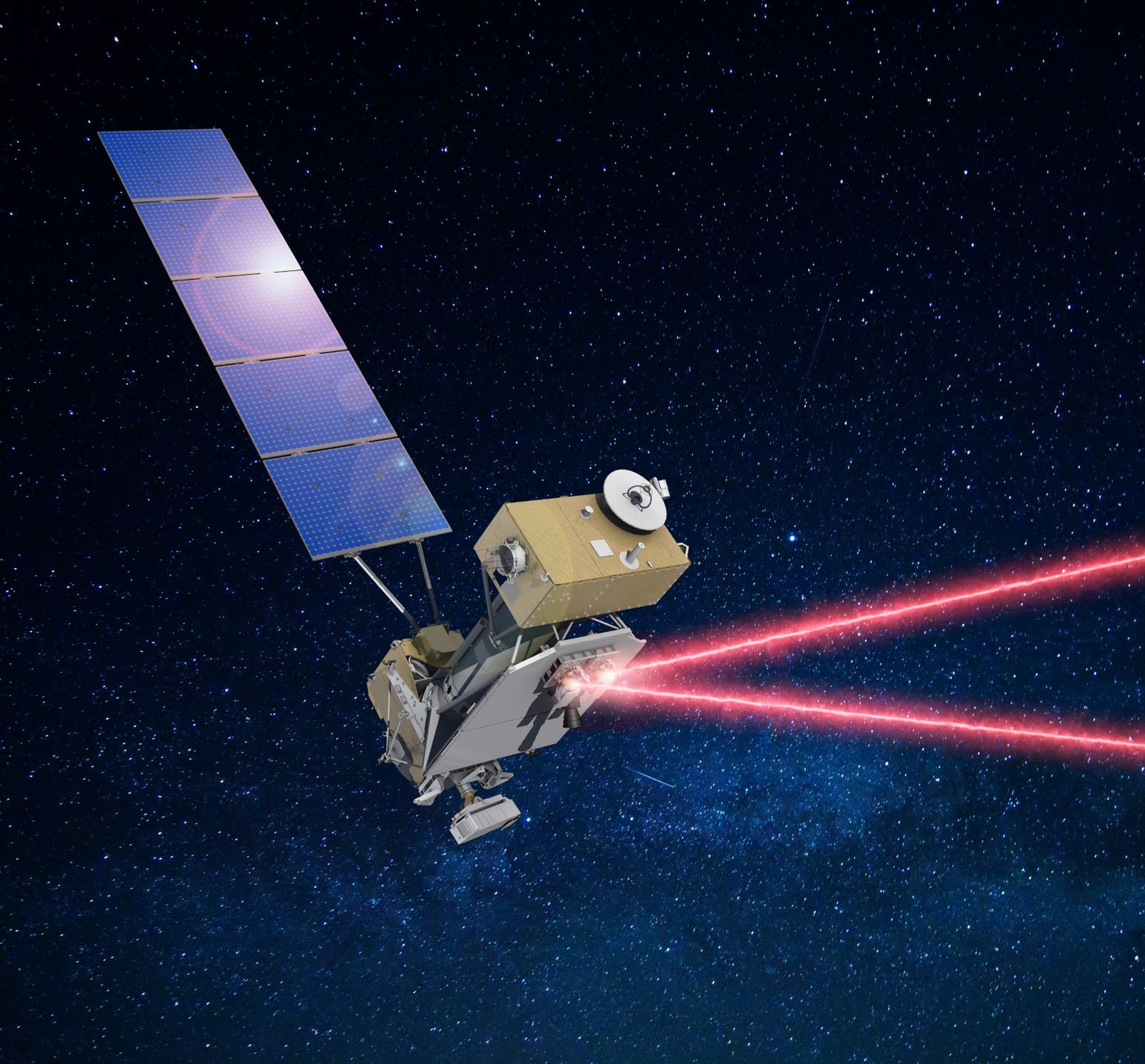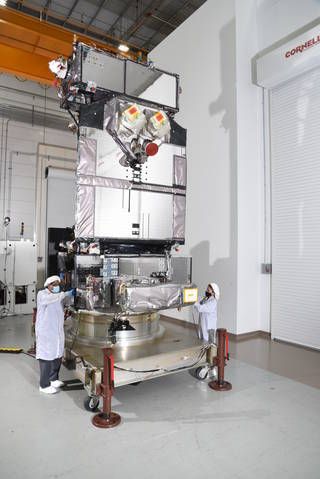
🌗NASA to test laser communication technology
To reduce latency in communications and increase data bandwidth across long distances in space, NASA is about to test optic communications.
Share this story!
Radio waves have been used for communications since 1900 and have been highly beneficial in human advancement. Yet it has one crucial limitation: speed. You've probably seen a news broadcast where a TV host asks a correspondent a question and there's a long delay before said correspondent responds.
Due to the relatively short distances on earth, said latency only tends to be a matter of seconds. However, in the vastness of space, delays can be much longer. When planning the movement of rovers on Mars, for example, the delay might be as long as twenty minutes, depending on the position of the red rock. Transmitting to the most distant man-made spacecraft to date, Voyager 1, and receiving a response takes 35 hours.
With goals of having a permanent presence on the moon and traveling to Mars, one might imagine the implications such a delay might cause. Not to mention that there's a need for higher bandwidth to transfer more data than what could be practical with radio communications.
Just as we've managed to speed up communications on earth by transmitting data through fiber-optic cables, NASA now intends to use lasers to communicate in space. According to NASA.gov, optic communications even have the advantage of being lighter and more compact, making more room for mission equipment and reducing the costs related to launches.

The mission at hand is called Laser Communications Relay Demonstration, or LCRD. Since 1983, NASA has been using relay satellites to enable spacecraft to communicate with ground control even without a direct line of sight. Thus, the mission's goal is to not only evaluate the feasibility of optical communications but to bounce data off of relay satellites.
The LCRD mission was initially intended to take place in 2019 but has been delayed for two years. As things stand right now, intentions are for a launch to take place after December 4, when it will be carried into space as part of the Department of Defence's Space Test Program Satellite-6 (STPSat-6) mission.

A drawback with optical communications is that they can't penetrate clouds. For this reason, LCRD's ground control stations are situated in places with low risk of weather interference: Table Mountain, California, and Haleakalā, Hawaii.
The first intended practical use for the technology will be Integrated LCRD Low-Earth Orbit User Modem and Amplifier Terminal (ILLUMA-T), a terminal that will relay science data from experiments carried out onboard the International Space Station.
In light of the popularity of the SpaceX and Virgin Galactic's live streams, the general public might be more excited at another use of the technology: the Artemis 2 manned moon orbiting mission, currently planned for 2024, is likely to send live footage in UHD using optical communications.
By becoming a premium supporter, you help in the creation and sharing of fact-based optimistic news all over the world.


